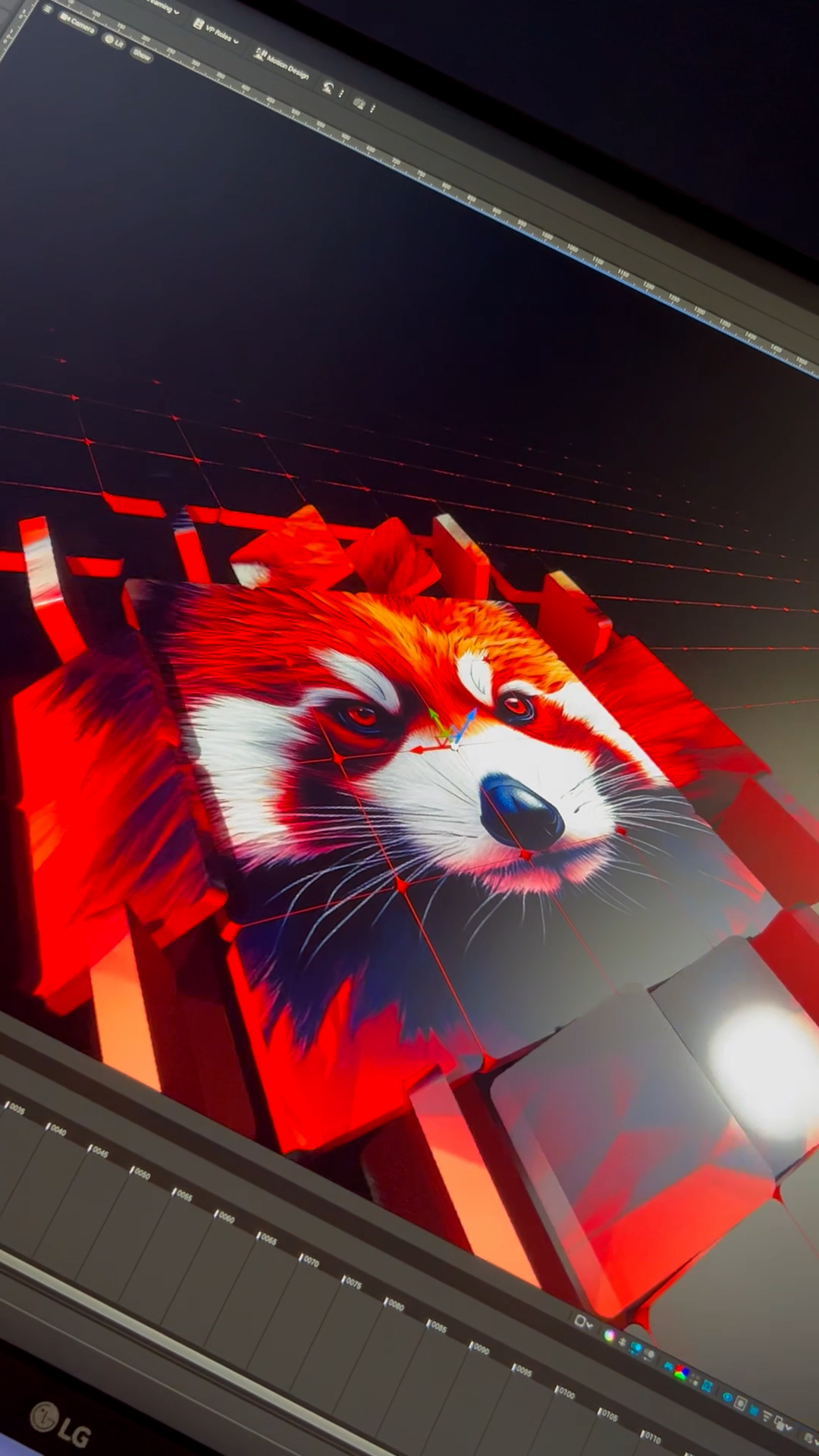Crafting New Realities: My Personal Journey into Motion Design with Unreal Engine
Full disclaimer: This is a personal article about my learning experience with Unreal Engine and Motion Design.
Unreal Engine and I go way back. We’re talking “Unreal Tournament” days – the classic first-person shooter that first introduced me to the incredible potential of real-time 3D environments. It’s been genuinely thrilling to watch the engine grow, relentlessly pushing boundaries and setting new standards with every single version.
Unreal Engine isn’t just for video games anymore. It has powerfully crossed over into the cinematic realm, becoming a cornerstone for productions that project entire worlds, built in 3D, for live actors to interact with. Think of the groundbreaking visuals in shows like The Mandalorian, Westworld, The Matrix Resurrections, and even the stunning animated shorts in Love, Death & Robots – many of those incredible graphics and animations were likely crafted with a gaming engine like Unreal. It’s even made its way into live TV production, creating those dynamic, real-time visuals you see on screen.
My Deep Dive: Unprepared for the Power
But let’s get back to my personal learning experience. You see, I’ve always been fascinated by all things creative tech, and my curiosity has, as always, gotten the best of me. Of course, I’m going to start learning how to “make the things and do the stuff” on my own time! What I wasn’t prepared for was just how powerful this tool truly is. The real limitation with Unreal Engine isn’t the software; it’s your imagination.
My path wasn’t always clear. I went to college for 3D animation and graphic design, but I quickly learned how competitive the 3D world was at the time. I ended up carving out a career as a web developer. And now, here we are, building Lucidus.Studio, a creative powerhouse with some of the most talented people on the planet! It absolutely makes perfect sense to me that “this is the way” – that we should fully embrace Unreal Engine and gently nudge my incredible team to get into it as well. It feels like a natural evolution, bringing my personal passions full circle into our professional endeavors.
From Simple Experiments to Grand Visions
To validate this path, I’ve personally plunged headfirst into mastering Unreal Engine, exploring its depths more intensely than anyone else on the team. And what I’m discovering is incredibly promising, even with simple projects.
I’m excited to share a couple of what I think are fun examples that literally took me less than 15 minutes each to make. While they’re very simple, I see immense value in them. They aren’t just cool visuals; they’re vital learning experiences that inform and expand my vision for what’s truly possible. Through these quick explorations, I’m learning:
- Speed and Efficiency: How rapidly we can iterate on ideas and bring concepts to visual reality.
- Real-time Feedback: The ability to make changes on the fly and see instant results, streamlining the creative process dramatically.
- Creative Potential: Unlocking new ways to think about lighting, environments, textures, and animation that traditional methods might make more cumbersome.
These small wins are building a strong foundation, confirming that our decision to embrace Unreal Engine is indeed the right one. I can clearly see where we can utilize this incredible tool to better serve our clients, to create truly engaging and visually pleasing content for those who have always wanted it but perhaps couldn’t see themselves affording it. (Seriously, please take a look at our plans; we genuinely try to make our services as reasonable and realistic as possible.)
They’re not out of this world, but they’re mine, and I had a lot of fun making them. Never forget to have fun with what you’re doing, never stop laughing, never stop being an absolute dork about the things you enjoy!
The Future of Motion Design is Real-time
The integration of Unreal Engine into our motion design toolkit means Lucidus.Studio can offer:
- Hyper-Realistic Product Showcases: Immersive 3D environments that allow products to shine with cinematic fidelity.
- Dynamic VFX: Creating custom visual effects that blend seamlessly with live-action footage or stand alone as captivating animations.
- Interactive Experiences: Laying the groundwork for future projects that could blur the lines between traditional media and interactive content.
We’re incredibly excited about what this means for our clients and our own creative output. Unreal Engine empowers us to deliver projects with unmatched visual quality, speed, and creative freedom.
Stay tuned to the Lucidus.Studio blog as we share more of our Unreal Engine projects, showcasing specific projects and insights as we continue to push the boundaries of real-time motion design!


